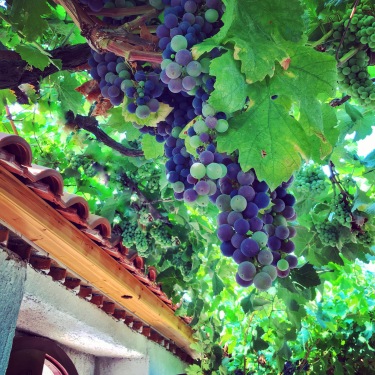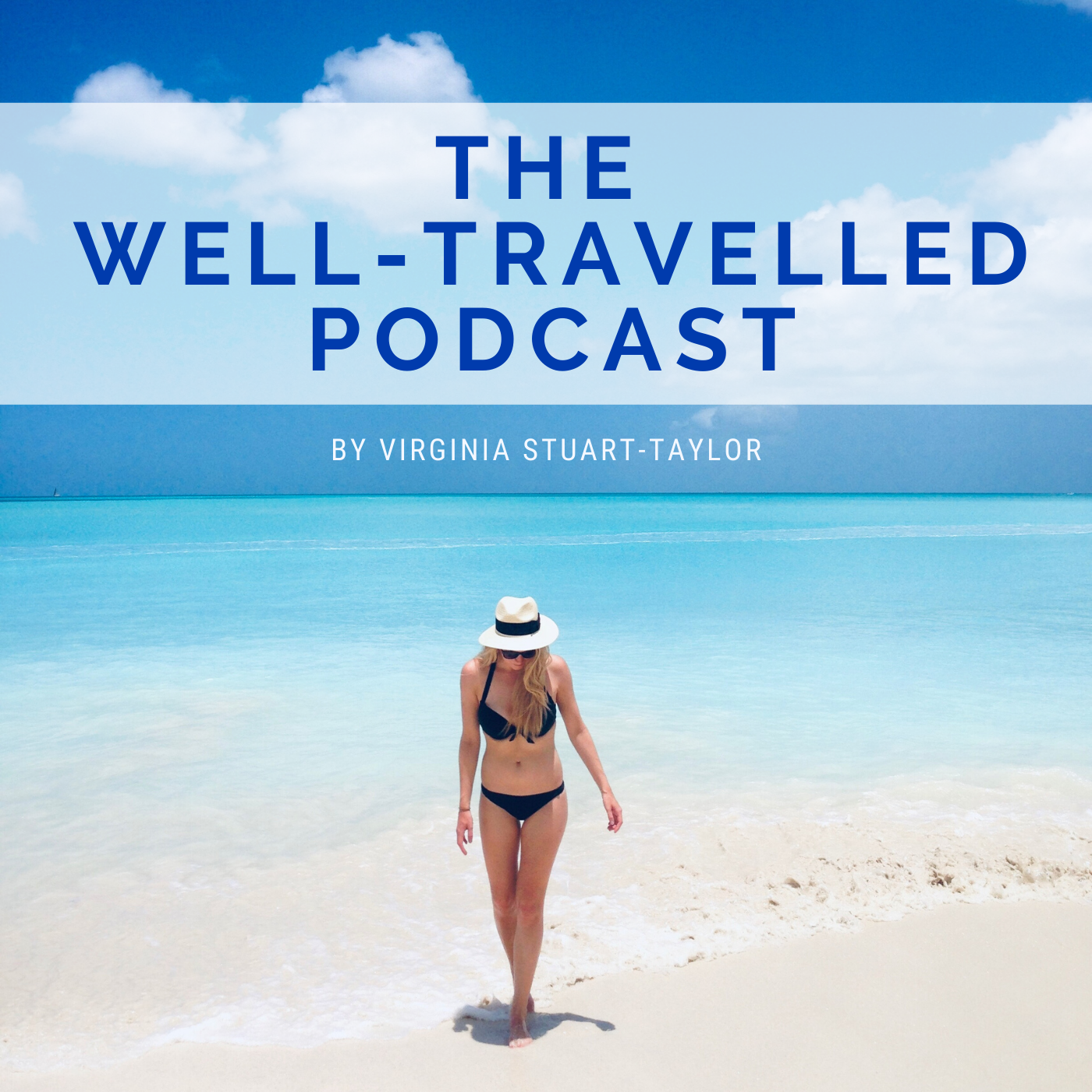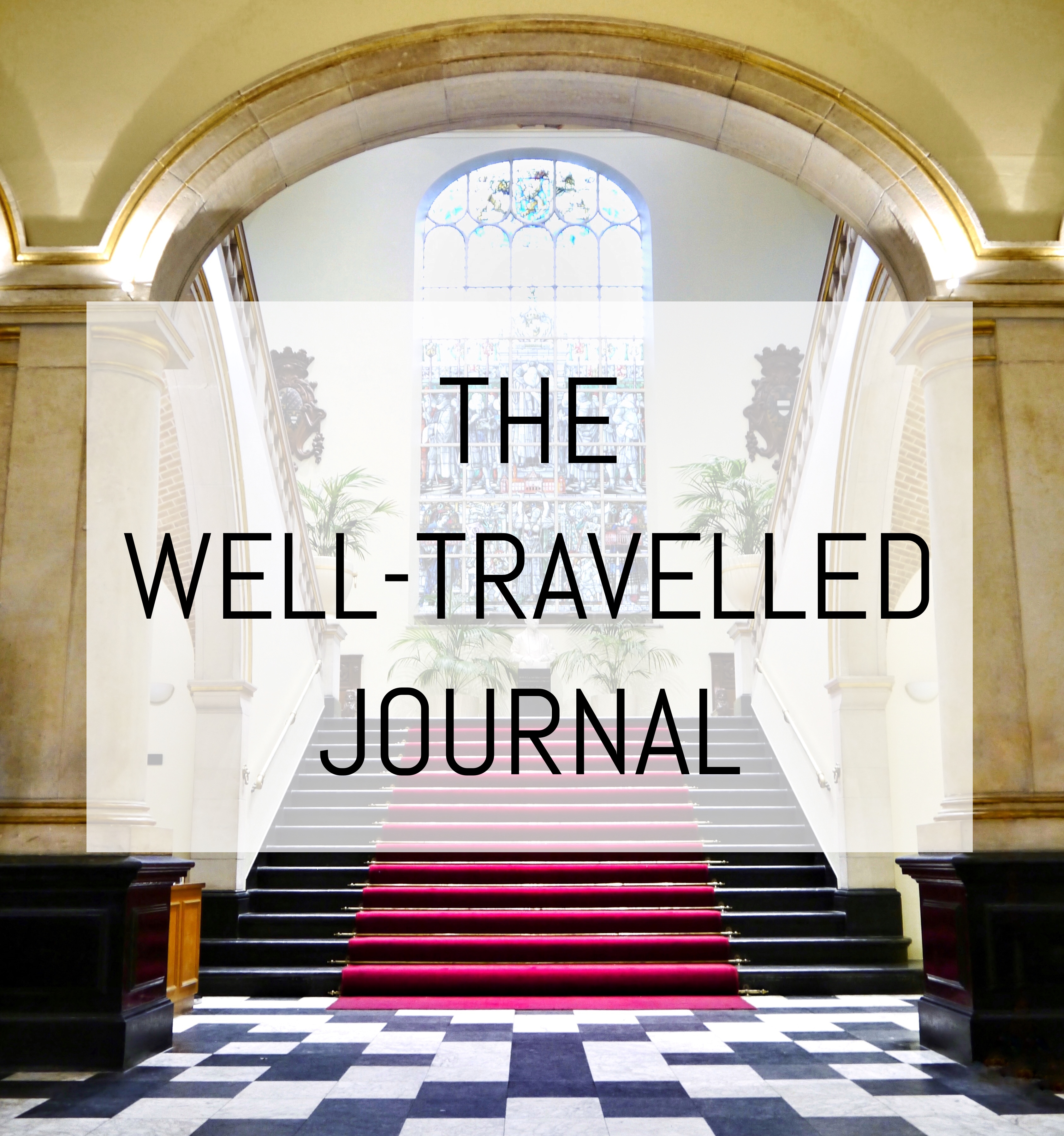My 4-week Travel Itinerary for the Western Balkans: the highlights of Albania, Montenegro, Bosnia, Serbia & Hungary

While there’s obviously not a huge amount of travel to be done currently, during the pandemic and various national lockdowns, travel writing shouldn’t be a taboo, and a healthy dose of escapism through plotting future travels is one way to scratch those itchy feet. The cancellation of all my own travels and adventures has allowed me time to catch-up with some overdue posts that I’m often asked about: starting with this itinerary for an extended trip to the Western Balkans. Here’s hoping it won’t be too long before we’re allowed to tread in the foot-steps of itineraries such as this once more!
There isn’t a travel wishlist worth its salt out there that doesn’t feature the Balkans at the moment. Over the last few years these former Yugoslav states have slowly gained popularity among travellers in-the-know, and I get questions all the time about the month-long trip I took around the Western Balkans back in summer 2017 with my then-boyfriend. I’ve previously written about my itinerary for Sicily, another long trip we took that summer. So it’s about time I finally spilled the beans on the jewels we discovered during our Western Balkans trip and shared my itinerary for anyone keen to explore the region for themselves.
Each country we visited has enough individual appeal to justify its very own detailed blog post, but in the meantime and in the interests of completeness, here’s our entire itinerary and a guide to places I loved most. At the time I was between my Master’s and starting my job in the Civil Service and I was lucky to have such an extended 3.5-week-long trip, but you can pick and choose which countries to focus on if you have only 1-2 weeks in the region.
-
Albania (south-to-north): 6 days
-
Montenegro (Kotor Bay): 4 days
-
Bosnia & Herzegovina (Mostar and Sarajevo): 6 days
-
Serbia (Belgrade and surroundings): 4 days
-
Hungary (Budapest): 5 days
On a separate trip in late 2018, I also visited Romania (belonging to the Eastern Balkans) for 4 days, focusing on Bucharest and magical Transylvania. Little by little I’m discovering how much more attention the region merits, and how close and accessible it actually is to the rest of Europe!

Albania
Travelling south-north: 6 days
The country’s only international airport is in Tirana, in the north of the country, but flights there are quite pricey. We instead flew into nearby Corfu airport and hopped on a short ferry over to Albania, allowing us to visit the country from south-to-north without needing to retrace our steps. We hired a car to explore the dramatic coastline on our own terms and stayed in a wonderfully remote and authentic agriturismo guesthouse outside of Himare called Vila Çipa – where we experienced the wonderful Albanian hospitality and our first taste of the delicious flavours of Balkan cuisine. This area is called the ‘Albanian Riviera’, where we visited Livadhi beach and Palase beach, which are beautiful and relaxing, but rapidly developing with construction of new tourist facilities and at risk of losing their precious natural feel. To eat, check out Ostria Taverna and Taverna Fevan.
After the Riviera we drove north to Berat, a beautiful UNESCO Ottoman city of “a thousand windows”, where we really liked staying at Hotel Mangalemi in the Muslim quarter. This city was our first glimpse of historic architecture, as Albania is otherwise slightly swamped with ugly unfinished breeze block concrete constructions, remnant of the poverty under communism. Berat however is stunning, with a river surrounding an old fortress and castle atop the biggest hill, from which we watched the sunset with G&Ts in hand. Briefly passing through Tirana, which I didn’t think worth much of a visit, we headed for Shkodar near the Montenegro border. Dine in Tradita restaurant for traditional music and dancing, but don’t spend too long in the city as it’s more of a transit point.Montenegro
Based in Kotor Bay: 4 days
We arrived by land, but the nearest airport to head for is Tivat. We based ourselves entirely in Kotor Bay, the country’s poster child for tourism, as its topography is remnant of the Norwegian fjords we’d visited earlier in the year. We took an all-day boat trip from Kotor, to the two beautiful mini-islands near Perast with a church & monastery on top, then to swim in the Blue Cave, then to the pretty old town of Herceg Novi, and finally to the glamorous superyacht port of Tivat.
In Kotor itself you must lose yourself exploring the stunning town within the medieval city and hike up the 260m-high fortress walls around sunset (take drinks with you for the top!).
We took a day trip to pretty Mount Lovcen (went zip lining!), to Cetinje (which was formerly the cute little capital of Montenegro) and hiked to an imposing king’s mausoleum in the national park. At certain times of the year Montenegro has some fantastic rapids for rafting, so do look out for that. Again, we briefly passed through the capital Podgorica but decided not to dwell there.
Bosnia & HerzegovinaBased in Mostar and Sarajevo: 6 days
We travelled from Montenegro directly to Mostar, whose most famous landmark is a 24m-high Bridge over the Neretva River, which daring locals will jump off if enough tourists pay to see it. The adorable old town sadly was horrendously and pointlessly bombed in the 1990s Bosnian War, along with the bridge itself. The Old Bridge Museum does a good job of explaining the context of the war and how it was painstakingly rebuilt, and the shells of bullet-strewn buildings that remain yet to be renovated are a haunting reminder. Despite that, it’s a beautiful town and the Bosnian cuisine we found there is an under-recognised delicacy in my view. We hired a car and driver to take us on a day trip of the surrounding countryside, visiting the pretty village of Blacaj, where you can explore a traditional Dervish house at the mouth of the Buna river; Počitelj, a sun baked town topped by a ruined castle near the Neretva river; and finally the bright green Kravice waterfalls You can swim around, making them an ideal place to spend an afternoon on a hot summer’s day. From there we travelled to the capital Sarajevo.
If you can time your trip with the annual Sarajevo Film Festival, as we unwittingly did, then you’re in for an absolute treat! Regardless though, Sarajevo is stunning and fascinating. We took a free walking tour with Insider Sarajevo to understand the history (where and why World War I began, with the shooting of Frank Ferdinand; the history of Tito and Yugoslavia; plus the key moments of the Serbian seige of Sarajevo in the 1990s) and we also visited spots like the White Fortress, a scenic lookout best visited at dusk for a sundowner; and City Hall, a stunning building full of colourful Moorish arches, stained glass windows, and great big halls. I can recommend a tour specifically on the Bosnian War, and our guide was himself a young child during war, so he wove anecdotes about secret school classes and family life into the tour, alongside taking us to key spots, including the secret tunnel under the airfield, which was a vital link for supplying the city for 4 long years of the siege. The history of the Sarajevo siege doesn’t paint the Serbians in the best light, and although I tried to remind myself that there are two sides to every story, the tours we took definitely damaged my view of Serbia. Overall, I really liked Sarajevo and I could easily see myself living there for a spell.Serbia
Based in Belgrade: 4 days
Belgrade has a different and more Orthodox Catholic feel. We took a free walking tour of the new side of town, past the parliaments, two palaces, two large new Orthodox churches and we heard again the story of Yugoslavia’s formation for the nth time, although unsurprisingly our Serbian guide skipped rapidly over the Bosnian War and Kosovan War parts of their history. You can also visit Sarajevo’s fortress, take a cruise (well before sunset is best) along the Danube and Sava Rivers, and the cobbled street of Skadarlija is a pretty, if touristy, place for dinner and for a few shots of rakija šljivovica (the local plum-based spirit).
We took a few day trips out to Smederevo and Novi-Sad, both towns dominated by impressive fortresses – the latter more interesting if you’ve only time for one of them. HungaryExploring Budapest: 5 days
I continued to Budapest solo, since my boyfriend had already visited it and he had to travel back to Sweden. Since I was alone I didn’t venture out into the rest of Hungary, but there is actually plenty to see in Budapest itself! The city is comprised of the western bank of the river, Buda, and it’s eastern counterpart, Pest, and it’s more like Vienna and the grand capitals of Western Europe than I’d expected. I can recommend plenty on the western Buda side of the city: the Buda Palace and history museum, watching sunset from the other side of Castle Hill, Matthias Church and the Fisherman’s Bastion (hundreds of tourists, but worth visiting for a reason), a morning walk or run up Gellert Hill to the Liberty statue and Citadella.
On the eastern side in Pest, where I was staying, you can take a tour of Parliament (modelled on the Houses of Parliament in London), walk along the river, climb 65m up St Stephen’s Church to see the view, take a tour of the grand Opera House and visit the harrowing but engrossing Terror House museum about the torture of political prisoners during World War II. Central Market Hall makes a great lunch stop and a tour of the Great Synagogue makes for an emotional history of the persecution of Jews in Hungary. If you’re interested in the famous “ruin bars” of Budapest, then there are plenty of bar crawls you can join, or just head to the famous Szimpla Ruin Bar. Budapest is also famous for its thermal baths, and I picked Gellert Baths over the famous Szechenyi Baths due to location and because it’s a bit smaller. I paid 16,300 forint (£49) for 1-day entry and a 50-minute aroma massage, and stayed for a whole 5 hours, I loved it so much! I wish I’d visited both however, and there are plenty of other less famous baths to try also. I packed a lot into my 5 days in Budapest, and really loved the city.___________________
Of course, this whistle-stop itinerary fails to mention the odd quirks of our trip, the places I wouldn’t recommend, and the individual local experiences or encounters that can’t be planned ahead or booked. You will experience your own unique quirks, as long as you arrive with an open-mind and don’t plan every minute detail in advance. In particular you should invest time into discovering the very best local food, as discovering Balkan cuisine for the first time remains one of my true highlights of the whole trip!
Do the Western Balkans tempt you for a visit? Of if you’ve already been, is there anything you’d add to this itinerary that I missed?
__________________





















































